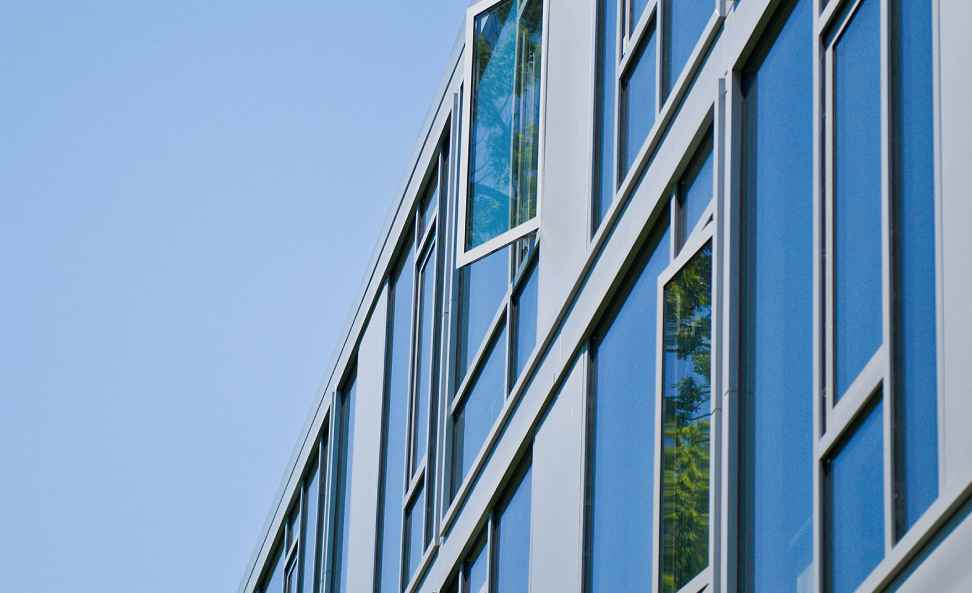Lotus299, Goldenexch, Msdexch: Passive design in sustainable architecture is centered around utilizing natural elements to optimize energy efficiency within buildings. By strategically positioning windows, shades, and thermal mass, passive design aims to minimize the need for artificial heating and cooling systems. This not only reduces environmental impact but also leads to significant cost savings over the long term for building owners.
Moreover, passive design principles can enhance the comfort and well-being of occupants by creating spaces that are naturally well-lit, properly ventilated, and thermally regulated. Harnessing the power of sunlight, wind, and shading techniques, sustainable architecture can create environments that promote productivity, health, and overall quality of life. By embracing passive design strategies, architects and designers can play a crucial role in developing sustainable communities for the future.
Key Principles of Energy-Efficient Buildings
Energy-efficient buildings are designed with a focus on reducing energy consumption and maximizing performance. One key principle is the use of high-quality insulation and building materials to minimize heat loss and gain. Proper insulation helps maintain a comfortable indoor temperature while reducing the need for excessive heating or cooling.
Another important principle is the incorporation of energy-efficient lighting systems and appliances. LED lighting, for example, consumes less energy and has a longer lifespan compared to traditional incandescent bulbs. Choosing energy-efficient appliances can also significantly reduce electricity usage in buildings, contributing to overall energy savings and sustainability.
Incorporating Natural Ventilation for Sustainable Design
Aldoexch, Aaonline777, Aaonline247: In sustainable architecture, natural ventilation plays a crucial role in promoting energy efficiency and reducing the dependence on mechanical cooling systems. By strategically incorporating operable windows, vents, and other passive design strategies, buildings can optimize airflow, improve indoor air quality, and enhance occupant comfort. This approach not only minimizes the environmental impact of the building but also contributes to long-term cost savings for the occupants.
Natural ventilation design focuses on harnessing prevailing wind patterns and utilizing thermal buoyancy to create a comfortable and healthy indoor environment. Architectural features such as atriums, courtyards, and clerestory windows can facilitate the flow of fresh air while minimizing the need for artificial cooling. By integrating these elements into the overall design process, architects can create sustainable buildings that harmonize with their surroundings and promote the well-being of the occupants.
• Natural ventilation is a key component of sustainable architecture
• Operable windows, vents, and passive design strategies can optimize airflow
• Enhances indoor air quality and occupant comfort
• Reduces reliance on mechanical cooling systems
Natural ventilation design focuses on harnessing prevailing wind patterns and utilizing thermal buoyancy to create a comfortable and healthy indoor environment. Architectural features such as atriums, courtyards, and clerestory windows can facilitate the flow of fresh air while minimizing the need for artificial cooling. By integrating these elements into the overall design process, architects can create sustainable buildings that harmonize with their surroundings and promote the well-being of the occupants.
What is passive design and why is it important in sustainable architecture?
Passive design refers to designing buildings that maximize the use of natural resources such as sunlight, wind, and natural ventilation to reduce the need for artificial heating, cooling, and lighting. It is important in sustainable architecture because it helps minimize energy consumption and reduce the carbon footprint of buildings.
What are the key principles of energy-efficient buildings?
The key principles of energy-efficient buildings include optimizing natural light, using high-performance insulation, incorporating energy-efficient heating and cooling systems, and promoting natural ventilation. These principles help reduce energy consumption and improve the overall sustainability of buildings.
How can natural ventilation be incorporated into sustainable design?
Natural ventilation can be incorporated into sustainable design by strategically placing windows, vents, and other openings to allow for the free flow of air throughout the building. This helps to maintain indoor air quality, regulate temperature, and reduce the need for mechanical cooling systems.
What are the benefits of incorporating natural ventilation into sustainable design?
The benefits of incorporating natural ventilation into sustainable design include improved indoor air quality, reduced energy consumption, lower operating costs, and enhanced occupant comfort. Natural ventilation also helps to promote a healthier and more environmentally friendly living or working environment.

